Patrick Fingles - Building Trust with Technology - PODCAST TRANSCRIPT
June 3, 2025 at 6:20 p.m.Editor's note: The following is the transcript of a live interview with Patrick Fingles, CEO of Leap. You can read the interview below or listen to the podcast.
Intro: Welcome to Roofing Road Trips, the podcast that takes you on a thrilling journey across the world of roofing. From fascinating interviews with roofing experts to on-the-road adventures, we'll uncover the stories, innovations and challenges that shape the rooftops over our heads. So fasten your seat belts and join us as we embark on this exciting roofing road trip.
Karen Edwards: Hello and welcome to another episode of Roofing Road Trips from Roofer's Coffee Shop. My name is Karen Edwards and today's episode is going to be a really fun conversation with Patrick Fingles, who is the CEO of Leap, to really examine how technology is reshaping trust in the roofing industry. And I'm looking forward to this conversation. Patrick, welcome. Thank you for being here.
Patrick Fingles: Thanks for having me.
Karen Edwards: For those listeners who might not know, can you give us a quick few pointers about what Leap is?
Patrick Fingles: Yeah, so I always start with this though because I think it's important, especially for people to listen to this. So I was a roofer and window guy first. So I owned and operated a pretty good size and I started it when I was probably 23 and ran that business for 20 years and then most recently sold it, like a lot of other companies are doing now. But Nu Look Home Design was my baby. We started in Maryland and we grew that to five states. We specialize in roofing and windows and siding. And we were not a store, but we did a little bit of store, but mostly retail. And we grew the company, at our peak, we were about $40 million in annual revenue. And so the Leap is a software that was built inside of that company to solve particular pain points within our business.
Like a lot of good softwares, it started not, we didn't want to go build software for an industry, we wanted to just solve our own internal problems. So we built it internally. And then it took about four or five years and then we pivoted it out. And at its core, it's really grown a lot since we pivoted it out in 2017. Leap has been a tremendous success and it's one of the major platforms that's utilized.
We work with, obviously, roofers. Where we really do well is we support beyond roofing. So a lot of roofers are now adding alternative products like windows or siding or gutters or doors or sunrooms. And so we support that process really well. And we support everything from when the homeowner calls and you want to schedule that appointment, you want to dispatch it. We're very strong in the point-of-sales. We have a tool called Sales Pro that you use in the house, your reps use and then it comes back in. We host the full production management and reporting and financing integrations and the whole kit-and-caboodle. So it's a soup-to-nuts platform that helps you manage a project from beginning to end and through all the point-of-sale.
Karen Edwards: I think having been a contractor, so many of the tools that we have in our industry today that are top-notch were those that were developed by a contractor to solve a pain point or a problem that they were having. And it worked so well that it ends up getting rolled out to the industry and helping others. So I love that. I love that background. And I want to touch a little bit though on technology. Technology plays a huge role in everything we do, but it's really important not to lose that human touch. We talked about trust and relationships and maybe we can talk about, remember when. Was there a simpler time in home improvement?
Patrick Fingles: Yeah, yeah. So that was the core focus. So when we were selling, I had this epiphany and I speak on this a lot, it's on brand. And I was watching one of our television ads actually one day and it was our television ad we were looking at. We were saying all the same things. There was deals, save 40%, no payments, best service, Better Business Bureau company. I realized in that moment that everything that I was saying, this is about 2012, the company, call it 10 or 15 years old. Everything that I'm saying is nothing that a company that started and opened their doors that same day, couldn't say.
You can start a business tomorrow, you can offer those discounts, you can offer financing, you can get a Better Business Bureau, you can offer a lifetime warranty. And I was like, there's really nothing unique about what we're saying. I really wanted to try to carve out a different voice for us, really a different brand. We started looking at the process and I was like, "This is a staggering statistic, but eight out of 10 homeowners would not recommend to reuse their contractor." Eight out of 10.
Karen Edwards: Wow.
Patrick Fingles: So it's a really high number. And so I was looking at it and I was like, "All these people, including myself, we all offer better Business Bureau, lifetime warranties, Angi's List, Super Saver Awards. We use the best products. Every one of us has the best product." And I'm like, "And all that, the result of all that is an 80% dissatisfaction rate with your contractor." And I think when people hear that number, they're like, "Really?" Especially when contractors hear it because they don't think 80% of their customers are dissatisfied. But I always spin it around. I say, "Do me a favor. Don't be a contractor for a second, be a homeowner. And think about all the times that you've hired a contractor to do a project in your home, a kitchen or a bath and think about whether or not you would recommend or reuse that person. And what percentage of the time would you recommend or reuse?"
And then it becomes a little more apparent. You could see. It's like, "Oh yeah, most of the times, I went to hell and back trying to get my kitchen done." So you start thinking about it from that lens and you're like, "Oh, I could definitely see how 80% of homeowners are dissatisfied."
So I'm on TV, we're saying all this stuff and 80% the customers, it's not 80% of customers file a complaint against you, it's just if they had to do it again, would they do the same thing? And it was, no, 80% of the time they would reuse somebody else. So I was looking at that in the society and I went back to, I tried to go back in time. I was like, "Let's not worry about how we got here. Let's rewind time and go back to when that wasn't true."
You go back to 1940s, 1950s Americana. I always tell this story. Let's think of two names. Let's just try to take everybody there for a second. It's 1950s. It's a small town somewhere. And we got Mr. What's-Her-Name, What's-His-Name. If you come up with two fun names. Maybe she's Joan? What's his name? What's a 1950s male name? Joan and Herb, right?
Karen Edwards: Joan and Herb.
Patrick Fingles: Joan and Herb live in a small town and one day they wake up and Joan says to Herb, she's like, "Hey, the toilet's leaking." And he was like, "Oh, call Martin." And Herb leaves. And Joan calls Martin. He's like, "Hey, Martin, the toilet's leaking." And Martin's like, "I'll come right over, Joan. No problem. I could be there after lunch today."
And he comes over and he walks in the house and he brings his little tools. He says, "Hello." And he's dressed nice. He shakes her hand and she knows him and he knows her. She asks about the kids and his wife and he fixes the toilet. Then she makes them a glass of milk, I envision or something like that. Maybe a sandwich. And he drinks it. And she says, "What do I owe you?" And he is like, "Don't worry about it. I'll catch up with Herb later." Or whatever. And he leaves. Later that day, Herb gets home and, "Oh, Martin came by." Herb goes over and he drops off $20 to Martin. And Martin says, "Thank you so much." And the whole thing was negotiated without getting three estimates, without getting a price guarantee, without the Better Business Bureau. And it was just, it was this simpler time.
And I was like, "How do we recreate that now?" If you fast-forward to today, this idea of people getting three estimates and how it's evolved from that simple call this one person in town that can do this project. And now it's this competition, it's competitive. That's part of the evolution process. So it was like, how do we get from where we were back then to where we are now? And the people like that. Why do people get three estimates? And it's this thing, it's people get three estimates because there's no trust.
Karen Edwards: Right.
Patrick Fingles: The epicenter of that is price. There's no trust in price. So they get three estimates and pick the one in the middle. And now it's like people are so brainwashed, homeowners are like, "We have to get three estimates." Or, "We want to get three estimates." And nobody wants to go to three grocery stores to get a gallon of milk.
Karen Edwards: No.
Patrick Fingles: You want to go to three stores to get a pair of pants that fit? No, we want to do things. We want to walk into the store and right there in the first rack is the most perfect pair of pants and it's less than we thought it was going to be. We put them on and they fit a glove and we go on about our day. That's how we want to buy things. So we started thinking of, how could we say that? How could we move to something like that?
And that was really the epicenter of the technology and how we glued those things together. How do you start to create trust in this environment of non-trust? And how do you start to create reliability in an area of unreliability? Because we can't go back to 1950s, but we can learn from the past. And we know that trust was the core element. So then we started looking at what do people trust today?
Karen Edwards: Right.
Patrick Fingles: I think the best example of that would be, in modern day, I think Uber's done a great job with that. You take Ubers?
Karen Edwards: Oh, all the time. Yeah. I just was in one Saturday on my way to the airport.
Patrick Fingles: Correct. And did you take cabs in the past? Were you a cab person before Uber was around or did you just rent a car?
Karen Edwards: No, I have taken taxis. They're never very clean and it just wasn't always a great experience.
Patrick Fingles: Yeah. So I think taxi cab drivers and if contractors are very similar and trust me, I am a contractor, so I can say this. We take great pride in lettering our vehicles, like the taxi cabs all lettered up. We should put our licenses on display. We always show that we're a licensed and bonded contractor. And when you get to the cab, what do you see, front and center, in the little placard is that information. And the taxi cab driver's got the bulletproof glass with the thing for transparency on the screen with the meter or whatever so you can watch it.
But at the end of the day, it was one thing to go out and catch a cab in a city. But if you lived anywhere rural and you called your local cab and said, "Hey, can you come get me?" It could be anywhere between 10 minutes and two hours or they never came. It was a really terrible experience and you had no idea what the ride was going to cost. So it was once I got home, I understood how much the ride was going to cost. But there was a total lack of transparency there. When you look at what Uber's done is, Uber didn't change it. We still get in a car with a stranger and we go from point A to point B and we pay for it. But when you drop an Uber pin you know right where your person is.
You don't wonder if the Uber, every once in a while an Uber will cancel. It is very rare. But majority of the time you trust it pretty implicitly, even to the point where it's, now you don't want to drop it too early. When you come off the airplane and you're going to find where you get picked up from Uber. You drop it, he's only three minutes away. So I don't want to drop it until I'm there ready to meet him. And it's become a really reliable experience. And if you think about it's the same thing. You're going from point A to point B with a stranger in their car and paying for it. But it's so, there's so much trust around it now. And how did they do that? They did it through technology. They're like, "We just want to take away all the pain."
What we did is we did the same thing. As our company, we were like, "Hey, we want to take away all the uncertainty and all the unknowns." The contractor, the homeowner's like, "We'll be there between 1:00 and 4:00." We're like, "We don't want to be there between 1:00 and 4:00. We want to be there at 2:00, on the dot." We want them to know with 100% reliability that we're going to be there and we want to show them that. We're coming at 2:00, so we need to automate that. We want them to know who's showing up. We want them to see a picture of the person. So we need to automate that. So when you dispatch a sales rep, it shows them who's coming out. We want to give a little bio. And so it's started with this just taking all the areas.
When you get your kitchen done, just imagine all the things that you're not privy to as the homeowner and saying, "Hey, how can we give total transparency in those areas?" So the technology was really built around all of that. It was pricing transparency. A homeowner should know exactly what they're going to pay. There shouldn't be change orders and things like that. Total transparency around what you're paying. And line-by-line pricing so you know exactly what you're seeing and what you're paying for. Done are the days of vague estimates where it's like, "I can do it for 12,000."
No, we didn't want that. We wanted the homeowner to see the receipt that said it's $11,396. So anyway, I'm really big. The one hand washed the other of, if you take everything from the homeowner perspective that's not working for contractors and you look at other case studies like Uber and you're like, "We can use technology to bring them into the know, where they are in their project. We can make buying decisions easier and we can make project management easier." And believe it or not, it's this huge homeowner benefit to that. So that's really what we focused on and I think that that's the future for contractors.
Karen Edwards: Yeah. Yeah. I really love the Uber example because I'm thinking about it, as you're describing the experience for the homeowner, was the sales rep and their bio. When my Uber driver accepts the ride, first of all, I know what it's going to cost. They tell me. And if I need a bigger SUV, I know what that's going to cost. All the different options. And then when my driver accepts, I can see my driver's rating. I can go in and read about my driver and learn a little bit more before they even show up. And so I can really relate to that. And I love the transparency that technology brings. And I think that helps me understand how this technology can create trust. So yeah, I think that's a fantastic story. And you've obviously been successful because you're getting more contractors using the platform for that very reason.
Patrick Fingles: And it's iteration after iteration. When you say the review thing, all contractors capture review. And now what you want to do is you want to take that further and you'd be like, "I want to capture those reviews, tie them to a particular salesperson and then tie those reviews to a pre-sale email that goes out." So I can see that Mike, the guy that's coming out to giving me my estimate has four and a half stars. And these are the reviews of the customers that are most relevant to me. Here's the jobs that Mike's done. If you're a nationwide company, you have 3000 reviews. That might be good, but how relevant is that is me. I want to see the reviews that came from your area. It's this constant iteration. And every time we think we have it, there's five more things that come and you're like, "Oh, this is exciting, new things to build that just further provide that."
But I'm waiting, as both as a consumer and a contractor, I'm ready for the days that the three estimate things goes bye-bye. Not because as a contractor I don't want to compete against two other people. But as a consumer, I don't want to have to get three estimates, plain and simple. From the consumer standpoint, how glorious would it be to be able to say, "I need to get a new bathroom done. I know who I'm going to call. I'm going to trust the process and it's going to be exceptional. And that's super easy for me." And it doesn't mean it's somebody that I've worked with and established trust. It just means it's a business that's so buttoned up that all the T's are crossed and all the I's are dotted and I know exactly what I'm going to get out of the process. And that's where it needs to go.
I think it needs to get back to a simpler time and simpler time through technology. So I think there's lots of little things that we can do. And just for somebody that knows that this worked. One of the things that we really did to scale the company is you can go on Nu Look Home Design website right now and you can pull up old YouTube or not old, but YouTube videos of the TV commercials that I did. We changed everything. We would go on television and again, you can look at these and I would be standing there. I would have my ads instead of being like, "Hey, we're licensed. We're bonded. We can save you 40%."
It would be like, "You ever have a contractor come out to your house? And he walks around and he looks at it and he says, how about $10,000? Imagine if you push your grocery cart up to the register and the checkier said, how about 250 bucks? You don't want that. You want them to scan every item. You want that receipt and you want to look at it and see. At Nu Look, we use line-by-line pricing."
And it would go to a graphic on the screen and we literally show our quotes and our estimates on an iPad, how we did it. And we were like, "We give you line-by-line pricing so you know exactly what you're getting and exactly what you're paying for. It's a big deal. It's a big project and you know what you're getting." So we called it TPT, Total Pricing Transparency. And that caught wildfire. And people wanted to hear that. They wanted to hear that. And we thought from a differentiation standpoint, we thought that that was a real differentiator.
That's something that we could say that our competition couldn't. So remember, the moral of the story is me watching this thing and be like, "Man, it's all airtime and it's all..." Leave costs were just getting so absorbed in it. They were going higher and higher and higher. I was like, "We got to find a way to cut through the mustard. And what are we going to start saying if 70% off instead of our competitions got 50% off?" At some point, that's got to stop. Or you end up like, "Hey, we're 90% off."
Karen Edwards: You don't make any money.
Patrick Fingles: Yeah. So we wanted to cut through. And we would say things like, "In Nu Look, we give you... Your data's stored on a website, so you're not left looking for through emails for a contract. Or he said, she said. What was included?" Everything is stored on our website that you have access to in your customer portal. You can communicate, ask questions, access all pictures and documents. Your total starts with T, a really detailed estimate and then the accessibility to that, so I don't have to look for it or find it. And if you have a service order or a service complaint or something's got to be fixed, you can do that online too. It was this constant thing of just trying to show them that we use the technology because I think that's what people trust.
I really do. You wish they would trust the handshake. Somebody will listen to this and be like, "I don't want to live in a world where you can't trust the person's word that you can only trust technology." But then I would encourage them to go to the bank and be like, "Hey, how much my balance?" And the bank says, "I can't show you anything right now, but trust me it's 350 bucks." Trust me.
These are big purchases and they're big projects and they don't know us from Adam. And as a homeowner, I trust black and white. I trust what I can see. Yes, I trust what you're telling me, but I want that backed up in black and white. And I think that's the big lesson. And I don't say this self-serving, anybody that's ever heard me speak or talk, the last thing on my mind is selling software. It's the last thing. I think about how we're changing, how the industry's evolving. I think from a consumer, I think from a contractor and the thing that I want to do is I just want to evolve and support the process, but I want to pay homage to all those things that worked in the past.
I like coming out to somebody's house. I like sending them a picture of who's showing up. I like sending them a bio of who's showing up and maybe some reviews on who's showing up. I like sitting down at the table with somebody and going over samples. It's a big purchase. Sometimes it's a $100,000. So I think there's value in that. But I also putting all that in black and white in a very detailed contract with pictures on the contract and samples on the contract and colors on the contract. So that makes for a really good project. I think it's a combination of both.
Karen Edwards: Why do you think that contractors are still resistant to that transparency? Is it just we're stuck in, we've always done it like this and that's how we're going to keep doing it? Or are you seeing more of a shift toward that transparency?
Patrick Fingles: I think it's twofold. I think change is hard. If things are working today, why change them? Change is gradual. It's like the housing crisis in 2008. People saw that, they knew where they were coming, they just didn't change. They just didn't do anything. They're like, "We'll change when we walk off the cliff." I do believe, as a society, we don't want to deal with change. We really want to deal with wake up today, do what I was doing yesterday. It's worked for me for years. Kiss my kids, hug my wife, live in my house and this is our vacation. As a society, I think we like to move forward and we don't like obstacles. We don't want to have to make a left or a right. So I think to a detriment, as a society, sometimes we'll move forward, walk right off a cliff.
Like we did in 2008. I think things are slow. I think that you'll be able to be a contractor that doesn't adopt these things that I'm saying and doesn't do technology and you'll still be able to sell jobs for the next 2, 3, 4 decades. I mean a lifetime. But I do think a greater and greater and greater percentage of jobs will be sold using the techniques that we've discussed here today. So I think it's just where you want to participate in it. Adopting technology can be hard. Change can be hard. And if you don't feel it's absolutely necessary, I just don't think people do it. But when you think about it logically, if you want to be maybe a more forward thinker, you want to try to advance the business beyond what's imaginable, I think that's always fun too. It breaks up the monotony. People always talk about transformation. And I went through a leadership training a long time ago and they said that, "Does anybody know what the difference between transformation and change is?" Because people use the word, "Oh, we've transformed as a business."
They said, "Change is something that you can imagine. And change is something that you can do. Hey, we're going to change it. We're going to start doing digital estimates." That's just a change. It's not a transformation. You could see it. You know how to do it. We're going to buy this software. We're going to stop handwriting. We're going to do this. We changed our process there. Transformation is when you think about something that was unimaginable actually happening. That's a transformation.
So when you think about it and you're like, I think Elon Musk does a lot of transformative work. Like him or not like him, but he's just somebody that's relevant right now that I can think of. But if you think transformatively and you think about how people are going to buy and sell and get home improvements done in the future, are you one of the people that pictures robots in the house installing cabinets and roofing shingles and things like that? And it's all e-commerce. And I never even talk to anybody. Just my roof got done. It was this super futuristic process. Maybe they shipped a VR headset to my house and they walked me through my kitchen on a VR headset, which was really cool. If you think transformatively like that, the thing about transformation is it seems so far away and it seems hard. It's not. The best way to explain transformation is when you have a baby and you kiss them, you can't really envision them as an adult.
And one you just see them as an adult and you're like, "Oh my God, you've transformed in front of my eyes." And so when we look at children as a good example, we always see the same person. It's not until we look at a picture of them years before that, we're like, "Oh my God, you've grown so much." So the point that is, is every day, that person changes a little bit and then all of those changes equal a big transformation. So I think any contractor that's listening to this podcast can sit down at a round table and throw out ideas of what they think buying a roof would look like 100 years from now. And it'll be this super transformative thing. They're waiting for it to happen, but they don't participate in it. But what they need to realize is it's the same as that child growing. It's a 1000 little changes equal that future vision and those changes are going to happen over the next 20, 30, 40 years.
Yeah, it starts with a small change, like a digital estimate. And that goes to, you can get an estimate online. Then it goes to, we actually don't do site inspections anymore. We use satellite for all that. Or drone footage. You slowly walk towards it and the next thing you know, just like you're looking at your 30-year-old daughter, you're like, "When did you become a woman?" I never saw it because it's just it was spread out over so long. I do think if you want to be part of that transformative work, you can do it by doing all these little things. You just change one thing every day for the next 10 years and trust me, you would've transformed your business.
Karen Edwards: Yeah. Yeah. No, no, very, very well put. That was really insightful. Thank you so much. Patrick, this has been a really, really great conversation. I just want to encourage anybody that's listening, that wants to start maybe making some little changes to reach out to Patrick. I know Leap has a full directory on Roofer's Coffee Shop. You can get all their information and contact information there. And your website, Patrick?
Patrick Fingles: Leaptodigital.com.
Karen Edwards: Leaptodigital.com. Awesome.
Patrick Fingles: And just saying the name Leap, where does it come from? Because it's not a small step, it is a leap. It is. It's supposed to represent the transition because what I've been doing for the last 20 years worked. We like our dry erase boards and our magnets and our file holders. It works. We provide good service. I got this guy telling me I need to change my business. That's not it. It's just, it's a bunch of little changes that'll help you transform. Leap represents that. Leap to digital represents the leap that it takes to move to digital. We know it's not easy, but I think it's like climbing a mountain. The way up is hard, but the view from the top is just righteous and beautiful. I would encourage anybody that hasn't explored it to explore it, whether it's with us or some other digital partners.
Karen Edwards: Right. Yeah and I know you have a super team. I see them at the trade shows. They're just so helpful and willing to make that change a little less scary.
Patrick Fingles: Yeah, we focus on it, we understand it. It's in our core brand values. We understand the challenges that contractors face in these changes, in moving times. And we didn't even talk about AI, which we're not going to open that up.
Karen Edwards: That's another episode, right?
Patrick Fingles: Episode like, "Alexa, give me a new roof." Oh God, I don't even think about participating in that. What's going to happen? So just don't worry about the transformation. Think about it, ponder it, have your focus groups and brainstorming sessions and talk about it. But it's really a bunch of little changes that will equal that transformation.
Karen Edwards: Excellent. Yes, very well said. This was a great conversation, Patrick. I want to thank everybody out there for listening. And as always, we encourage you to subscribe on your favorite podcast platform because we want to see you on a future episode of Roofing Road Trips. Thanks everyone. Thanks, Patrick.
Outro: If you've enjoyed the ride, don't forget to hit that subscribe button and join us on every roofing adventure. Make sure to visit Rooferscoffeeshop.com to learn more. Thanks for tuning in and we'll catch you on the next Roofing Road trip.
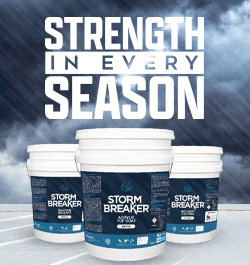






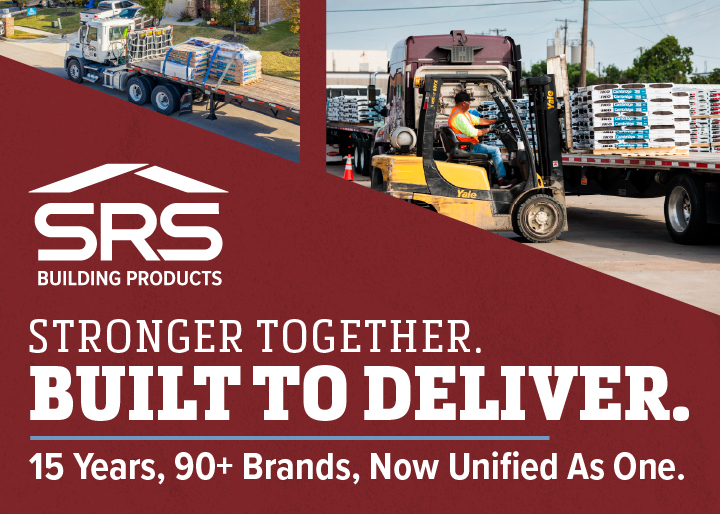
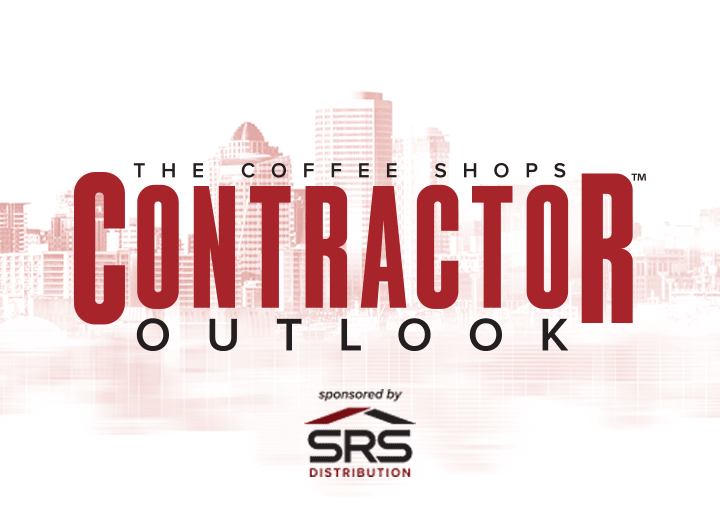

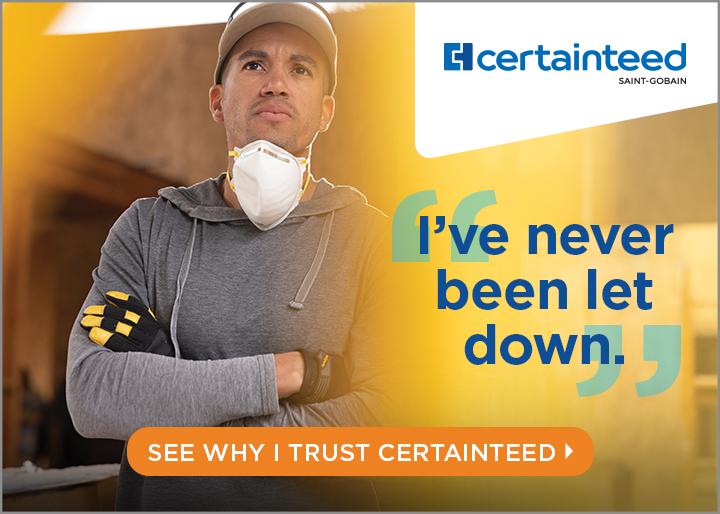
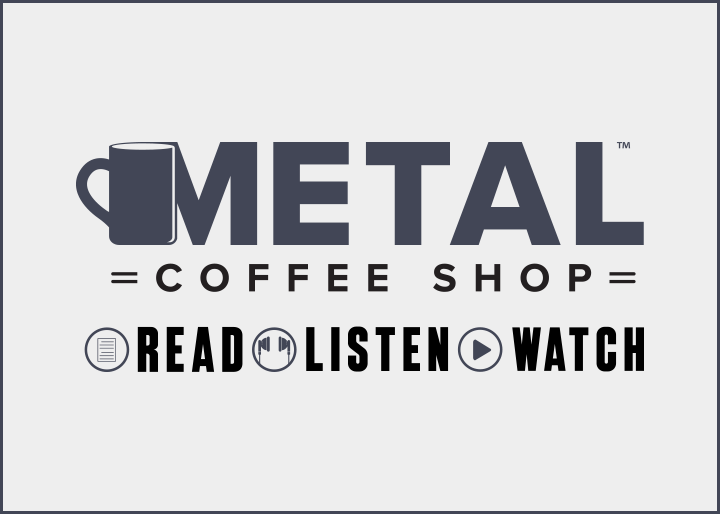
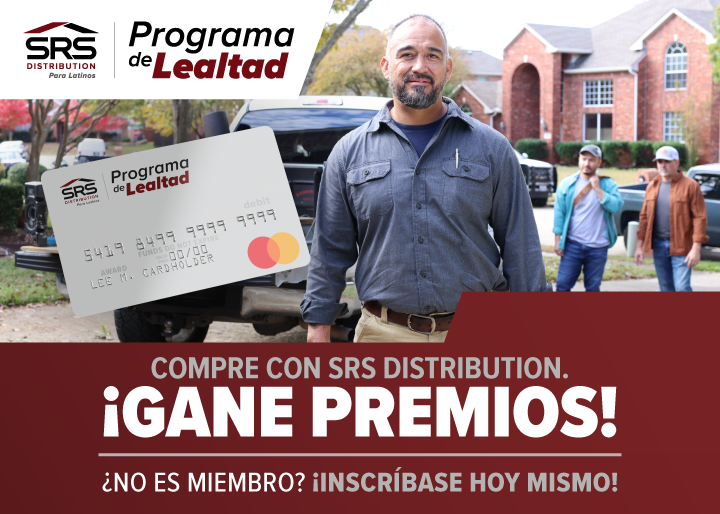
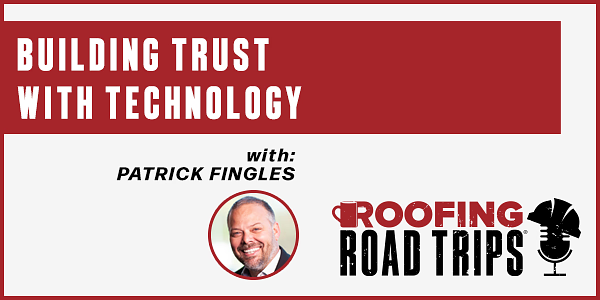
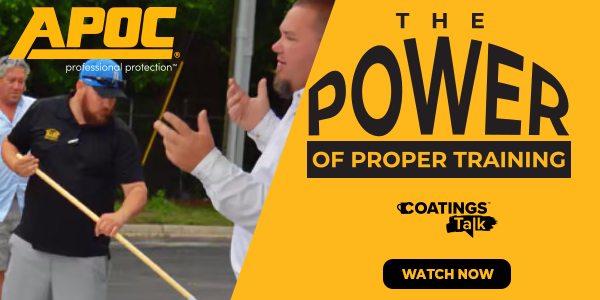

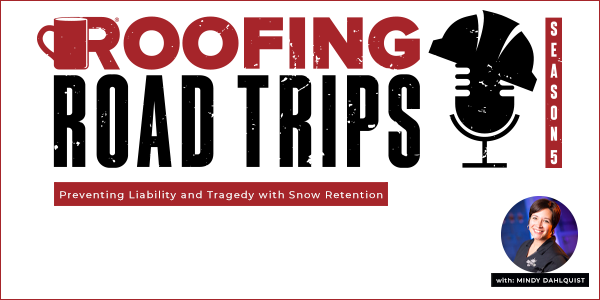

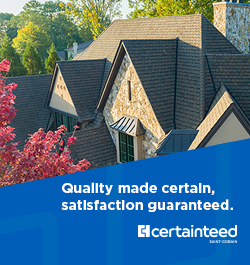
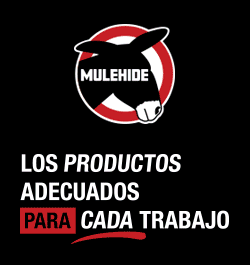
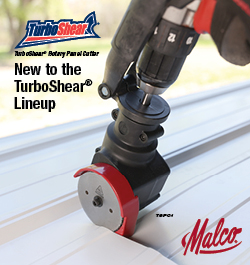
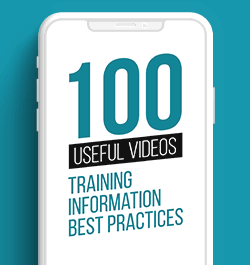
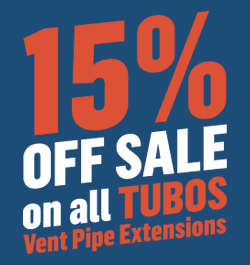
Comments
Leave a Reply
Have an account? Login to leave a comment!
Sign In